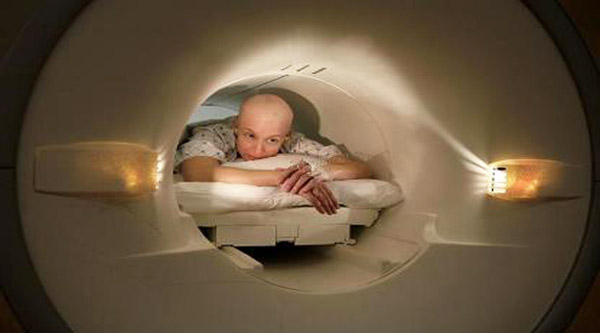 Resveratrol and quercetin, two polyphenols that have been widely studied for their health properties, may soon become the basis of an important new advance in cancer treatment, primarily by improving the efficacy and potential use of an existing chemotherapeutic cancer drug.
Resveratrol and quercetin, two polyphenols that have been widely studied for their health properties, may soon become the basis of an important new advance in cancer treatment, primarily by improving the efficacy and potential use of an existing chemotherapeutic cancer drug.
Resveratrol, a powerful antioxidant found in red wine and other foods, has already received much attention as a possible explanation for the “French paradox,” a low incidence of cardiovascular disease despite a diet often high in fats.
The new research suggests it may soon have value far beyond that.
In laboratory experiments, researchers at Oregon State University have developed a system to increase the bioavailability of these compounds in the body by using “copolymers” that make them water soluble and allow their injection into the blood stream, creating levels that are far higher than could ever be obtained by diet or oral intake.
The resveratrol and quercetin then appear to reduce the cardiac toxicity of a very widely used cancer drug, Adriamycin. Although highly effective in the treatment of lymphomas, breast, ovarian and other cancers, Adriamycin can only be used for a limited time in humans because of its cardiotoxicity.
The co-administration of these polyphenols might allow much more extensive use of this drug, while at the same time improving its efficacy and demonstrating the polyphenols’ own anti-cancer properties, scientists said.
Findings on this research have been published in the Journal of Controlled Release, by scientists from the College of Pharmacy at Oregon State University and the School of Pharmacy at Pacific University. Both institutions supported the research.
“This has great potential to improve chemotherapeutic cancer treatment,” said Adam Alani, an assistant professor in the Oregon State University/Oregon Health & Science University College of Pharmacy, and lead author on the research.
“The co-administration of high levels of resveratrol and quercetin, in both in vitro and in vivo studies, shows that it significantly reduces the cardiac toxicity of Adriamycin,” Alani said. “And these compounds have a synergistic effect that enhances the efficacy of the cancer drug, by sensitizing the cancer cells to the effects of the drug.”
It’s possible, Alani said, that after further research it could be demonstrated that use of these compounds can completely eliminate the cardiotoxicity of Adriamycin, as they scavenge the toxic free radicals produced by use of this drug. It’s also possible, he said, that administration of these natural polyphenols could have value in cancer therapy by themselves, or in combination with a wider range of other chemotherapeutic drugs.
Resveratrol is a natural compound found in foods such as grapes, red wine, green tea, some fruits, berries and dark chocolate, and has been the subject of dozens of scientific studies for its various health values. Quercetin, also a powerful antioxidant, reaches some of its highest natural levels in capers, some berries, fruits, vegetables and leafy greens.
Although they are still valuable nutrients, these polyphenol compounds when eaten as foods or taken as supplements reach only a tiny fraction of the level that’s possible with direct injection.
And such injection was not possible until the OSU and Pacific University researchers adapted the use of “polymeric micelles” to help make the polyphenols water soluble, so they could be directly inroduced into the body. Such systems have been used before with other compounds, but never these polyphenols.
“There are several advantages with this system,” Alani said. “We can finally reach clinical levels of these polyphenols in the body. We can load both the compounds at one time to help control the cardiotoxicity of the cancer drug, and we can help the polyphenols accumulate in cancer cells where they have their own anti-cancer properties.
“This is like hitting three birds with one stone,” Alani said. “It has great potential.”
Research has already shown that both resveratrol and quercetin appear to be safe at high concentrations in the body, Alani said, although continued research will study that issue, among others. And the fact that such delivery systems, as well as the cancer drugs, are already approved by the FDA should speed the clinical testing and possible medical use of this system, he said. The study done by Oregon State University.